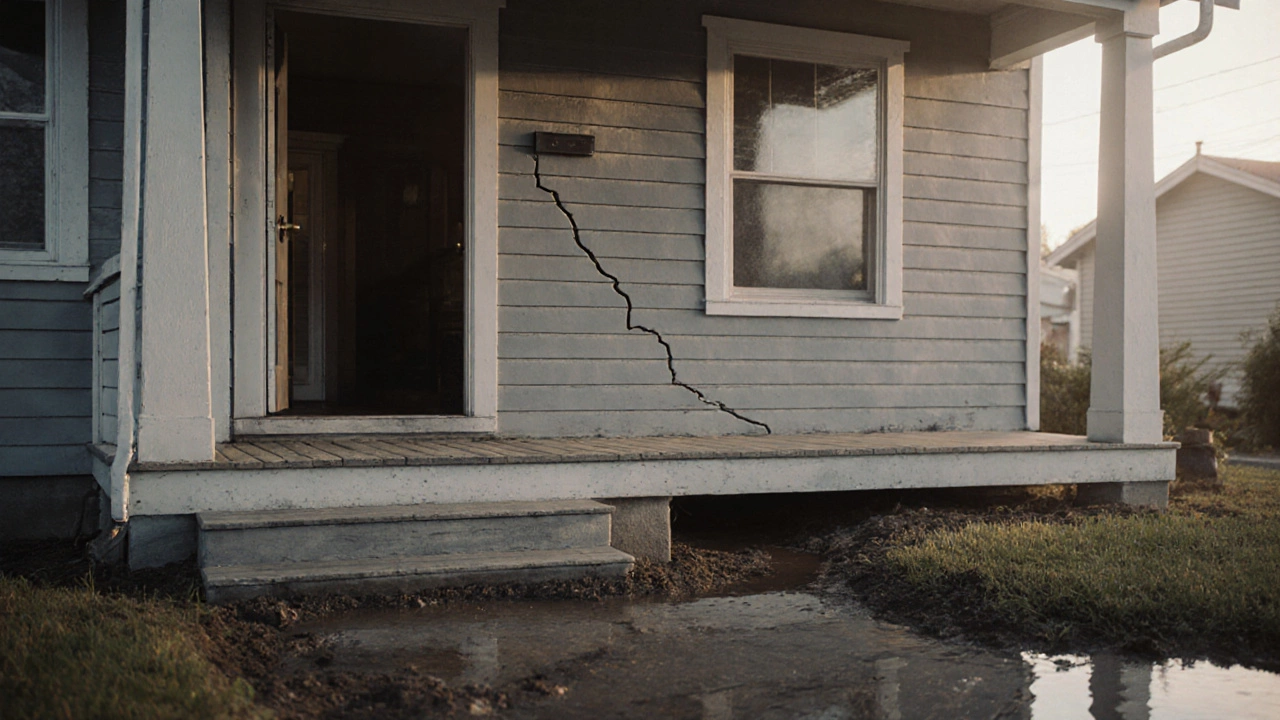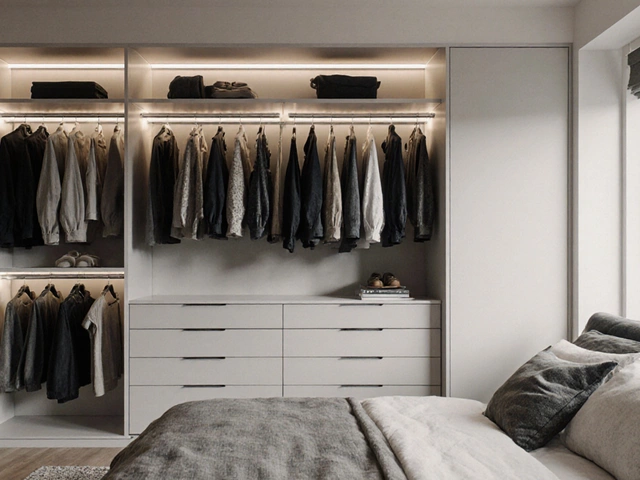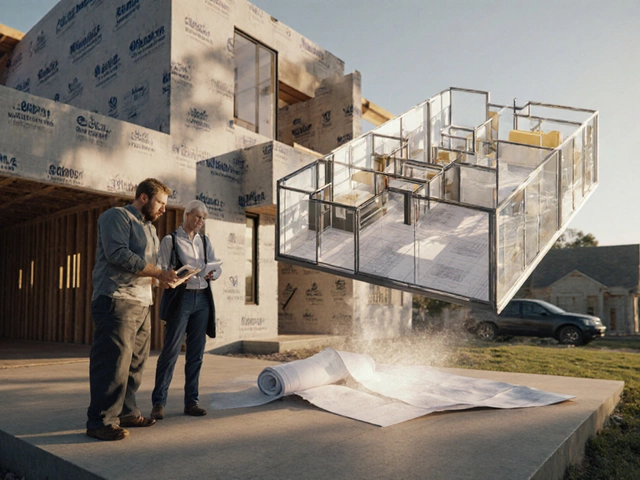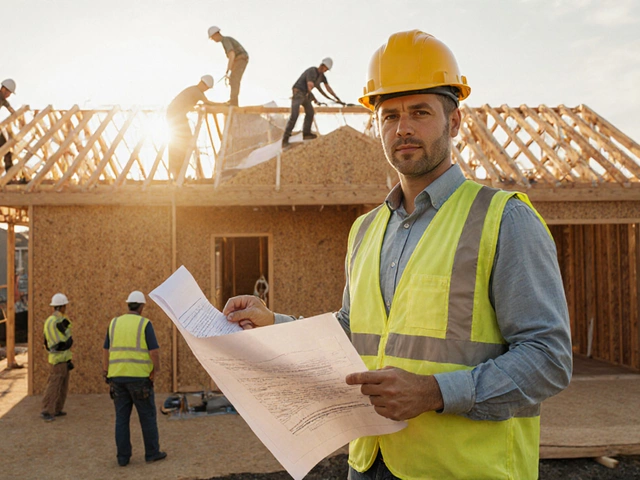Pier and Beam Settlement: What Homeowners Need to Know
When dealing with Pier and Beam Settlement, the downward movement or shifting of a pier and beam foundation caused by soil changes, moisture fluctuations, or load stress. Also known as foundation settlement in pier systems, it can lead to uneven floors, door misalignment, and cracks. Another key player is Foundation Settlement, the overall sinking of a building’s base due to soil compression or loss of support, which often shows up together with pier and beam issues. You’ll also hear about Soil Moisture, the water content in the ground that expands or contracts the soil. High moisture can push piers down, while dry conditions pull them up, creating a see‑saw effect across the house. Understanding these entities helps you spot problems before they damage your home.
Key Factors Behind Pier and Beam Settlement
First off, the type of Pier and Beam Foundation, a building support system that uses concrete or timber piers topped with wooden beams matters. Older timber piers are prone to rot when water seeps in, while concrete piers can crack under heavy loads. The soil itself plays a big role: expansive clays swell when wet and shrink when dry, creating constant push‑pull forces on the piers. Poor drainage compounds the issue—water pools around the foundation, raising the water table and increasing soil moisture levels. Even everyday activities like adding a heavy garden shed or stacking a hot tub can overload a single pier, leading to localized settlement. When settlement occurs, you’ll notice symptoms such as sloping floors, gaps between walls and ceilings, and doors that refuse to close properly. These signs are the home’s way of telling you something is off‑balance.
So, what can you do once you’ve identified the problem? Foundation Repair, the process of stabilizing or replacing compromised support elements to restore levelness offers several routes. One common method is pier jacking—using hydraulic lifts to raise settled piers back to their original height. In cases where the soil has permanently shifted, underpinning adds new support beneath the existing footings. Improving drainage is a preventive measure that often goes hand‑in‑hand with repair; installing French drains or grading the landscape away from the house reduces future moisture intrusion. For DIY‑savvy homeowners, smaller tasks like shimming beams or sealing cracks can buy time, but any major movement usually calls for a professional assessment to avoid further damage. The collection of articles below walks you through spotting settlement early, weighing repair options, and deciding when to call in experts, giving you a clear roadmap to protect your home’s structure.
Are Foundation Problems Common in Older Homes? Insights & Prevention
Explore why older homes often face foundation problems, learn to spot warning signs, and get practical maintenance tips to prevent costly repairs.
full article




